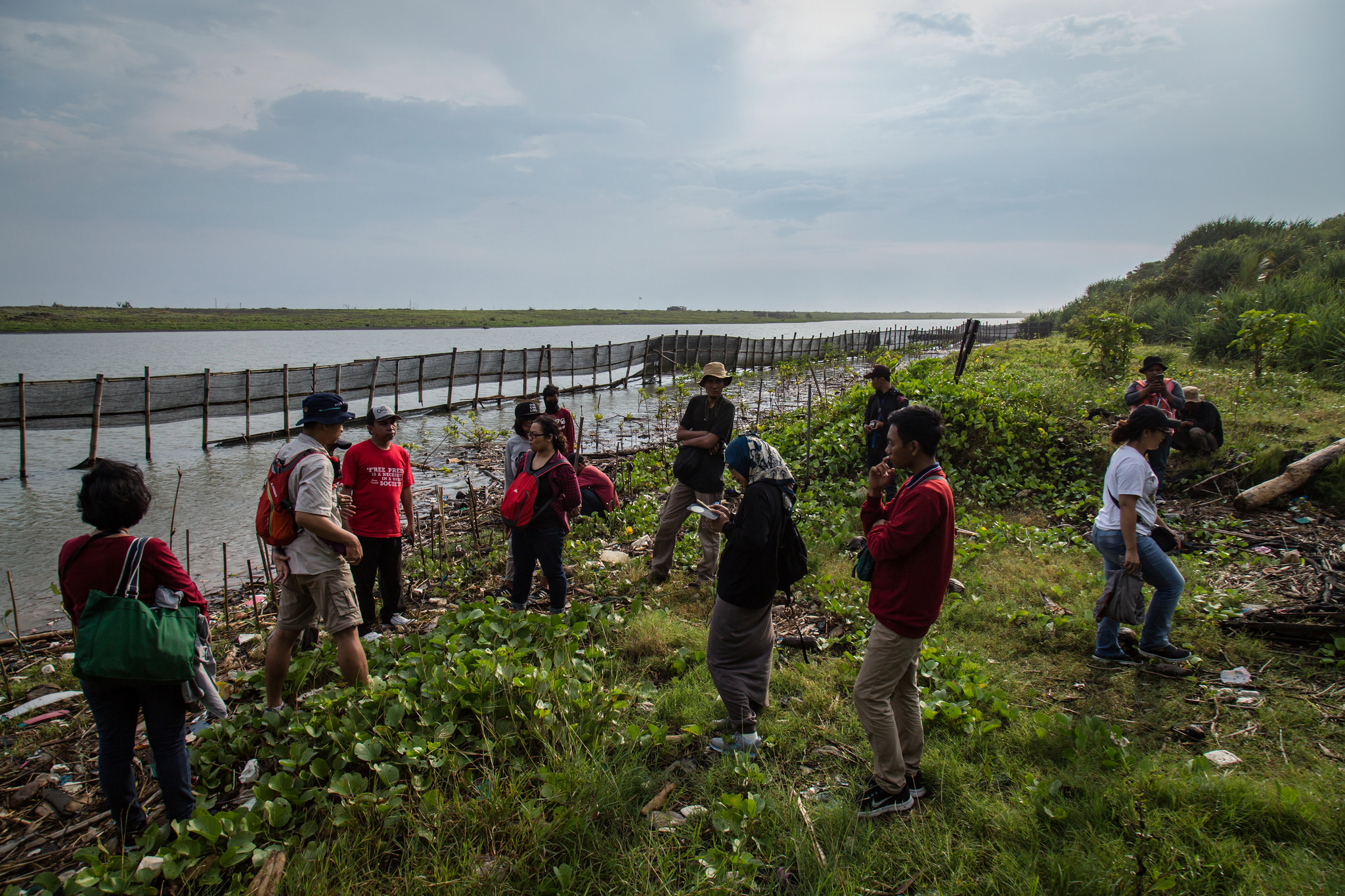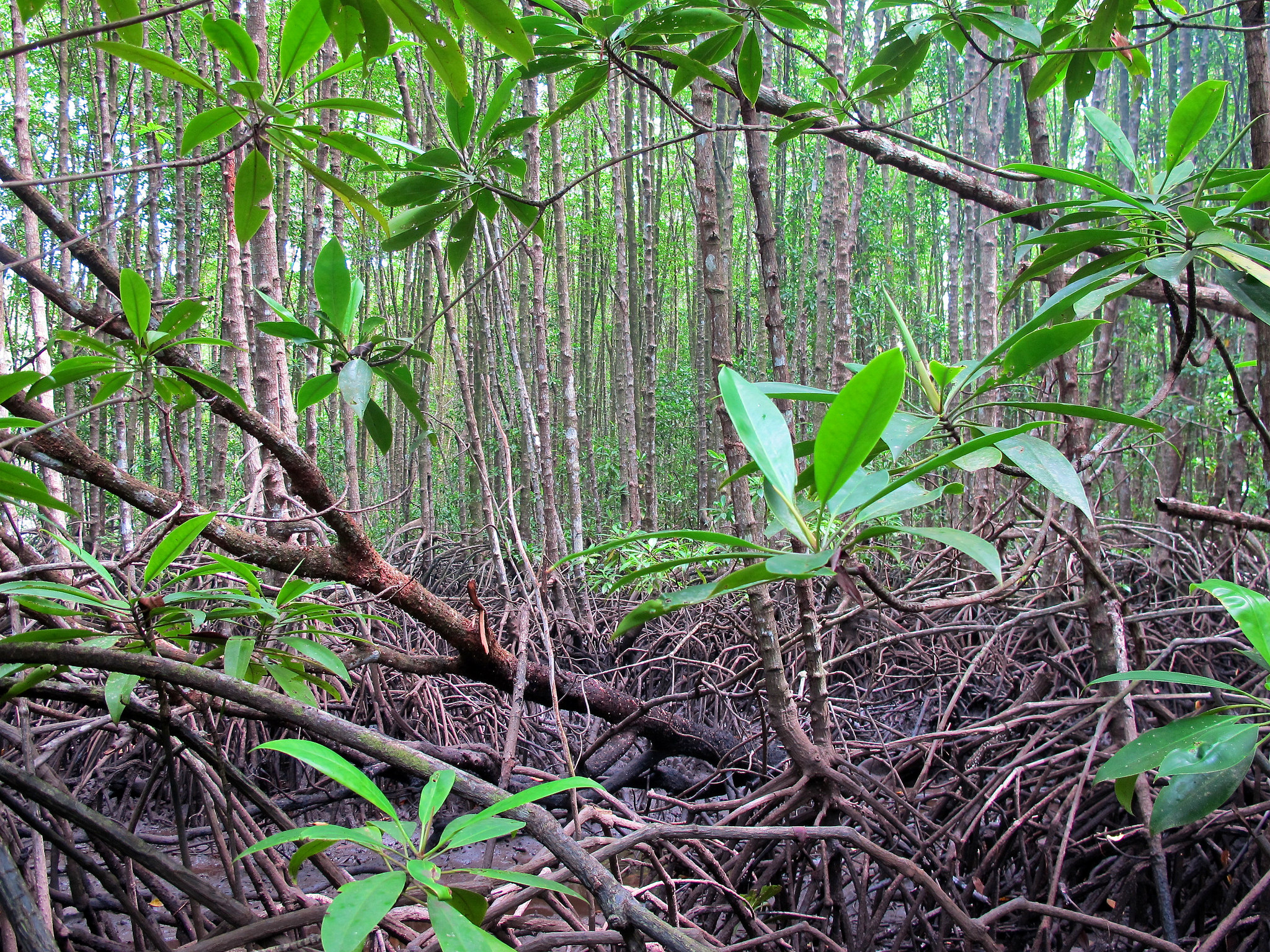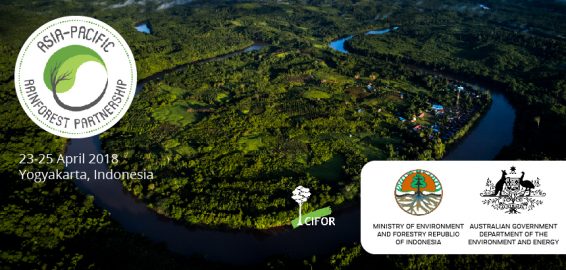On the edge of Sumatra’s Leuser National Park, Tanganan village offers days spent hiking to see wild tigers, rhinos, elephants and orangutans; cooling off in waterfalls; and dining on home-cooked meals shared with local families while soaking in panoramic views.
On the flip side, the villagers get to benefit from a number of revenue streams – homestays, guide services, food, transportation – that not only help them keep their forest areas lush and verdant, but also depend on it.
Tanganan is one of Indonesia’s – and, for that matter, the world’s – growing number of ecotourism efforts done well. Drawn to personalized, cultural and nature-oriented adventures, travelers are increasingly favoring ‘green’ escapades when it comes to planning their next vacation.
During the “Ecotourism and Conservation of Biodiversity” panel at the 2018 Asia-Pacific Rainforest Summit, actors from tourism and conservation highlighted the reciprocal nature of community and ecological benefits that make this budding travel industry a success.
BIG TALK, SMALL PLACES
In Indonesia, more than 6,000 villages are located in or around protected areas ripe for ecotourism opportunities, said Wiratno, Director General of Nature Conservation and Ecosystems at Indonesia’s Ministry of Environment and Forestry.
“Biodiversity is the backbone of tourism, and tourism enjoys biodiversity,” echoed Asep Hidayat, researcher at the Forestry and Research, Development and Innovation Agency (FOERDIA) at the same ministry.
Educating locals on their landscape’s biodiversity – down to native microorganisms – is key, if they are to make decisions that will help maintain their ecology and ensuing tourism benefits for the long run.
In turn, they can help visitors fully experience and spread word about places they visit. Having an ecotourism attraction is one thing but bringing in tourists – and money – is another.
John Colmey, Director of Communications, Outreach and Engagement at the Center for International Forestry Research (CIFOR), said that traditional methods such as word of mouth, advertising, and reaching out to conservation groups and sustainable travel networks can still have an impact.
But, he stressed that in the age of social media, having an active and attractive online presence is the quickest way for ecotourism enterprises to get on travelers’ radars.
As for social media fodder, Robyn Nixon, Manager of Sustainability at Intrepid Group, the world’s largest adventure tour operator, said that ecotourists find personal interactions with communities the most memorable parts of their trips.
“To build infrastructure for ecotourism, invest in people and communities,” Nixon advised.
To reach these communities, Nixon said tour operators need to do their homework. This means finding NGOs working with local communities; engaging with political stakeholders on a subnational level; ensuring communities maintain their land tenure; and investing in on-the-ground infrastructure and training for tour guides, cooks, transportation, handicrafts and the like.
Samedi, Program Director for Tropical Forest Conservation Action Sumatra, noted that ecotourism can be an economic alternative to deforestation and harvesting natural resources. But like Nixon, Samedi said that all stakeholders, from local NGOs to public-private partnerships, need to be working toward a common goal.
“We all agree local people are important because we have to build capacity and readiness to receive foreign visitors, and that can change the behavior of the people,” he said.
AT CAPACITY
Tourism is one of Indonesia’s leading economic sectors, with the Ministry of Tourism aiming for 20 million visitors by 2019. The ministry is also looking to increase the number of homestays across the nation, which will open up new destinations outside of Bali.
However, Wiratno noted that the sustainability of protected areas is another matter. “Ecotourism in protected areas cannot fill the [Indonesian] Ministry of Tourism’s expectations,” he said. “There need to be quotas.”
In other words, as crowds come and money follows, tourism leaders need to give thought to the bandwidth of the land and people in play.
In general, Nixon thinks capacity management will soon be a global problem as more and more tourists – especially given the growing Chinese and Indian travel markets – start choosing ecotourism ventures, and small sites resultantly grow in popularity.
Visitors at a given site can be limited on a daily or annual basis, and it will be a hard conversation that governments and communities need to have, Nixon added.
“Over-tourism destroys culture,” she said, further cautioning, “and greed will destroy the thing that made the places worth visiting.”
“Ecotourism is a small market, but it’s going to grow,” said Colmey.
We want you to share Forests News content, which is licensed under Creative Commons Attribution-NonCommercial-ShareAlike 4.0 International (CC BY-NC-SA 4.0). This means you are free to redistribute our material for non-commercial purposes. All we ask is that you give Forests News appropriate credit and link to the original Forests News content, indicate if changes were made, and distribute your contributions under the same Creative Commons license. You must notify Forests News if you repost, reprint or reuse our materials by contacting forestsnews@cifor-icraf.org.


